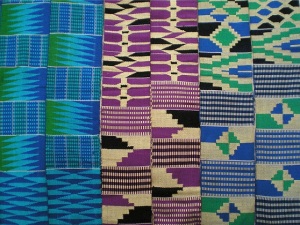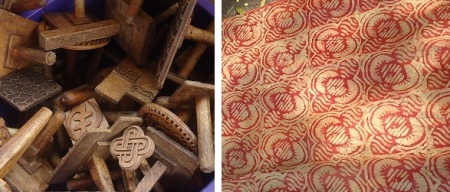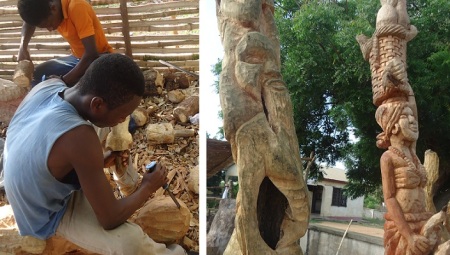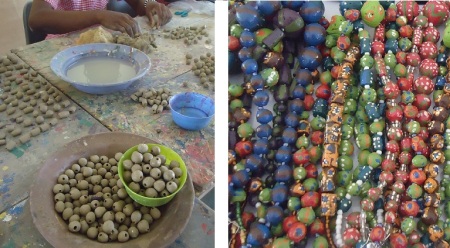As I sit in my room listening to the crashing waves and feeling the light, warm breeze through the curtains, it seems the ideal time to review. My fever from last night has subsided (yes, as you’ll see in the list – it wasn’t malaria), and tonight I get on a plane bound for Amsterdam. But my trip to Ghana has included so many new experiences for me, so here are at least some of them. I :
- lived in a different country (and in the tropics at that)
- counselled 61 “vulnerable” Ghanaian women one-on-one
- collected pottery shards (for jewellery-making) at low-tide
- saw the facial scars and facial tattoos on many people, marking successful requests of the ‘traditionalist’ religion’s fetish shrines
- bought snacks and other stuff from head porters (who carry things on their heads through traffic)
- walked teetering rope bridges high up in the rainforest canopy
- learned half-decent basic conversation in a language I’d never even heard of before planning the trip (Ewe)
- saw the silvery skeletons of baobab trees, leaves dropped for the dry season, against a stormy slate-grey sky
- was called an “artisan” and taught crafts
- lived in a rural environment complete with sheep, goats, chickens, and crops
- successfully quoted the Bible several times, especially when arguing against groups of men maligning homosexuality (“judge not lest ye be judged”, etc., etc.)
- saw a 4-foot long water monitor (lizard)
- swam in the Atlantic Ocean. . . from the ‘other’ side
- picked and ate mangoes straight from the tree
- met village chiefs who were decked out in full ceremonial outfits
- received quite a few immediate proposals of marriage (or other suggestions) from male passersby; accepted none
- saw the Sahara Desert from the air
- learned and did the traditional Ewe dancing, if somewhat poorly
- was called “yevu” (Ewe) and “obruni” (Twi) and treated almost like a celebrity for my skin colour
- began thinking of water as a finite resource
- visited the last place many Africans saw before being shipping across the ocean into slavery
- taught English in an organized classroom setting
- saw the real poverty in some areas of Accra, like the slums Nima and ‘Sodom and Gomorrah’, which in the worst of it, actually sits on a stinking mountain of garbage
- tried most Ghanaian cuisine; liked some of it
- had geckos as roommates
- added career counselling to my roster of counselling skills
- got tested for malaria while feverish (it was negative)
- drank handmade palm wine out of a reused water bottle, purchased from a roadside vendor
- participated in community events raising awareness of women’s rights
- bought jewellery from Rastas with lit joints hanging out of their mouths
- had plenty of bucket showers
- checked another continent off my list





